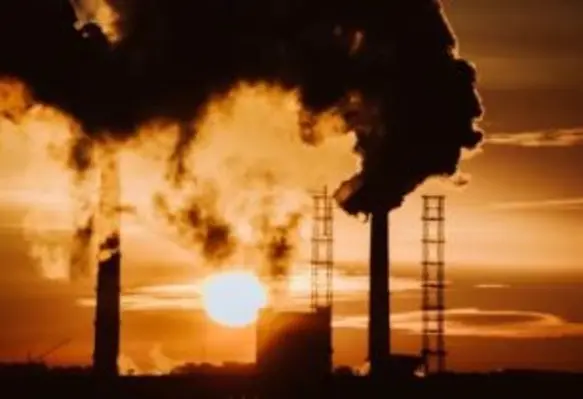TotalEnergies is partnering with Colorado State University to develop an international protocol for the qualification of methane emissions measurements
As part of the Global Methane Pledge, the US Department of Energy (DOE) and the European Commission’s Directorate-General for Energy (DG-ENER) recognised the excellence and relevance of the Transverse Anomaly Detection Initiatives (TADI) developed by TotalEnergies’ Pôle d’Etudes et de Recherche de Lacq in France and the Methane Emission Technology Evaluation Center (METEC) of Colorado State University in the USA, in order to become world references for the qualification of methane emission quantification technologies.
TotalEnergies and Colorado State University will collaborate to develop protocols to certify the accuracy, detection limits, and operational restrictions of the measurement methods used for methane accounting; and develop a method for estimating annual methane measurements from point measurements.
“TotalEnergies is committed to reducing methane emissions in line with its target of reducing them by 80% by 2030, as compared to 2020. The reduction of methane emissions requires an accurate quantification of these emissions. Defining a standard that certifies the accuracy of measurements and compare measurements between equipment and continents is a must,” said Marie-Noëlle Semeria, chief technology officer at TotalEnergies.
“To this point, there was no standard that people could access to make their solutions viable around the world. I think we are taking a step toward that. There is a commercially enabling aspect to this that we find very exciting. There is a clear need for international engagement on methane measurement and reporting methods. It’s required if measurement results will be broadly accepted,” added Daniel Zimmerle, METEC director.
TotalEnergies has already halved its methane emissions at its operated sites between 2010 and 2020 by targeting all sources (reductions in flaring, venting, fugitive emissions, etc.) and introducing stricter design criteria for new facilities. It is looking to reduce methane emissions from 2020 levels of 50% by 2025 and 80% by 2030. It has also undertaken to keep methane intensity below 0.1% across its operated gas facilities.









